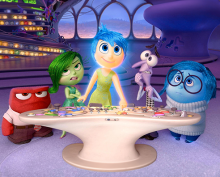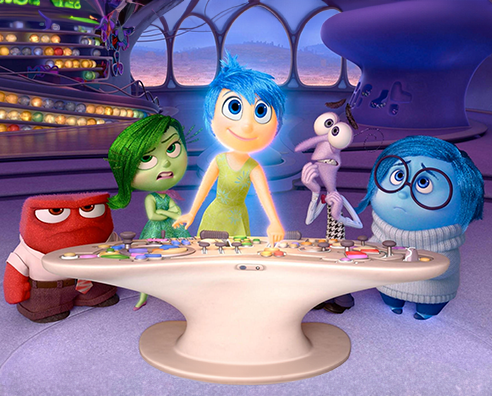
By Mrs Harrold (Head of Psychology)
Last week (27th June) the Lower Sixth Psychology students undertook a trip to see Inside Out 2.
Whilst we cannot say too much about this sequel to Inside Out - given the need to avoid spoilers - it seems safe to say the following. Inside Out 2 returns to Riley, the protagonist, on the eve that puberty strikes. The film cleverly, and amusingly, reflects the dramatic neural reorganisation that goes on during this stage of life - and the fallout that this can have. At A-Level, we look at this during our study of plasticity and functional recovery in Biopsychology.
Although the restructuring of Riley's physical brain is a key part of the movie, Inside Out 2 takes a balanced look at one of the key debates studied in Psychology: nature-versus-nurture. The storyline makes it clear that Riley's experiences also impact her personal growth, not just physiological changes. This interactionist approach to explaining personal development means the film takes one of the main academic positions in Psychology Today.
A key link to our studies of cognitive psychology this year, which the Lower Sixth did see in the film, was how our memories create schemata. Schemata are mental frameworks learned through experience that help us to interpret the world around us. In the film, it is made clear that these key beliefs come straight from the events in Riley's life and have both positive and negative effects on how she views her experiences and herself.
To impart such good psychological content in a fun, uplifting and often emotional film is no mean feat. In addition to the course content into which the film provided insight, several students spoke of how well the representation of anxiety illustrated their personal experience, and so Inside Out 2 would also be a good film for anyone wanting to learn more about anxiety in adolescence.





















